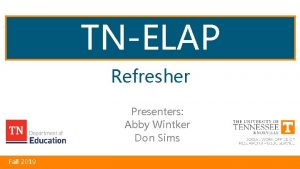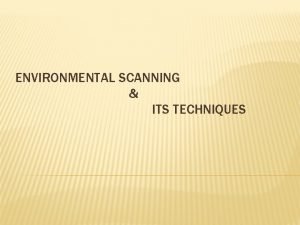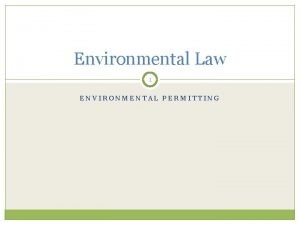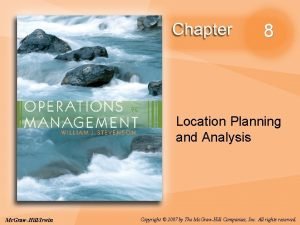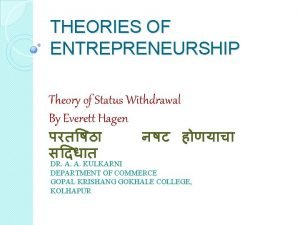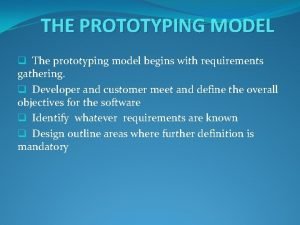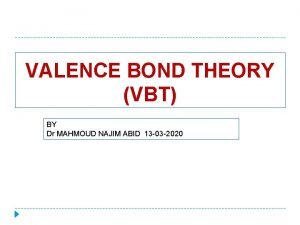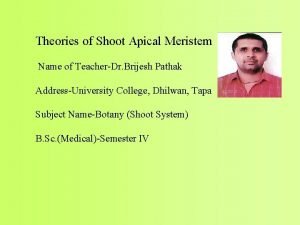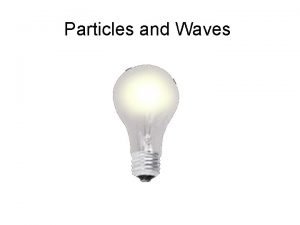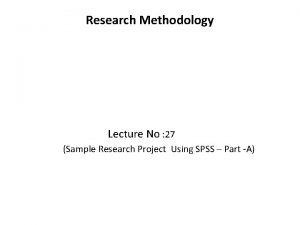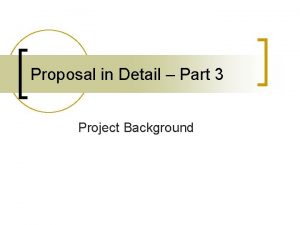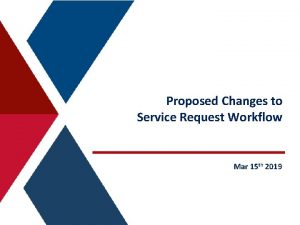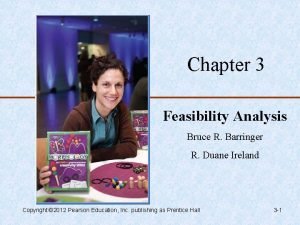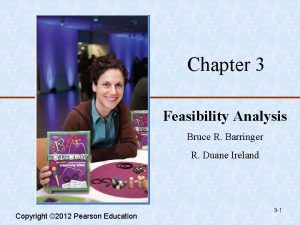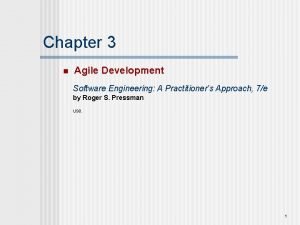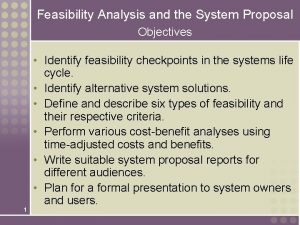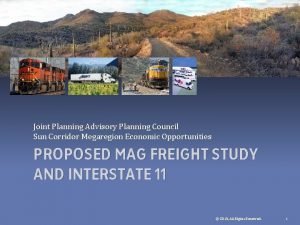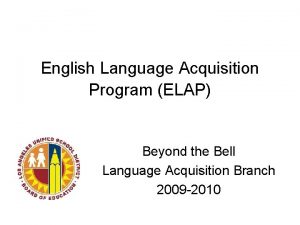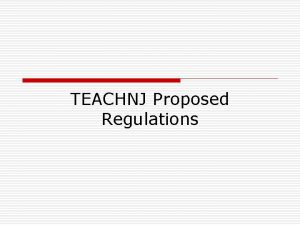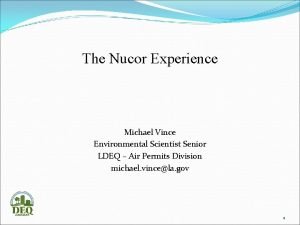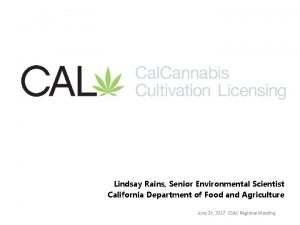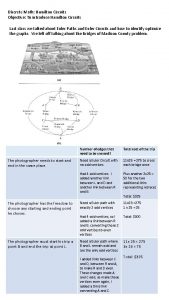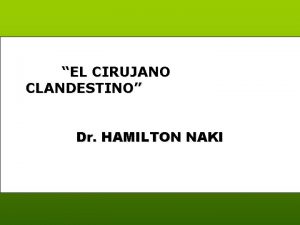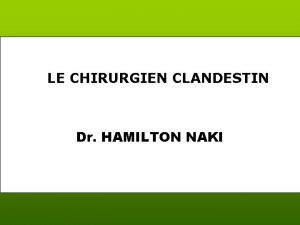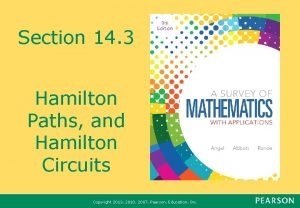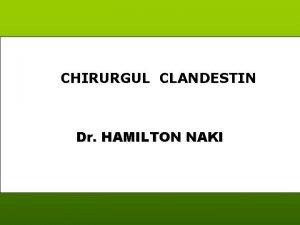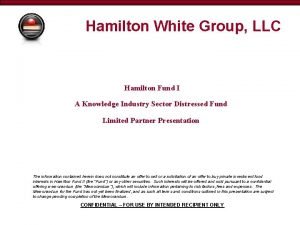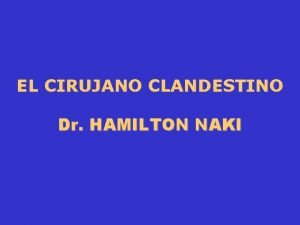PROPOSED ELAP REGULATIONS Andrew Hamilton Senior Environmental Scientist























- Slides: 23

PROPOSED ELAP REGULATIONS Andrew Hamilton, Senior Environmental Scientist (Specialist) BACWA LABORATORY COMMITTEE MEETING December 11, 2019

ELAP was established in the Environmental Laboratory Accreditation Act, 1988 ENVIRONMENTAL LABORATORY ACCREDITATION PROGRAM ELAP accreditation required to perform analyses for regulatory programs in California 685 Environmental Laboratories are accredited by ELAP 2

o Ne rni w a Yo Flo rk rid a Te x Or as M eg in on ne so ta Ut a Ka h Ne n w sas Je rs Ne e w Vir y Ha gin m ia ps Lo hir Pe uis e nn ia sy na lv an Ill ia in oi s lif Ca Number of Laboratories SIZE AND SCOPE 800 700 600 500 400 300 200 100 0 3

AREAS OF TESTING Hazardous Waste - 400 Rad. Ch tic ua Aq xicity To • ELAP offers accreditation in methods approved for use in California Regulatory Programs em Drinking Water - 388 Waste Water - 282 Waste Water Hazardous Waste Aquatic Toxicity - 78 Radiochemistry - 39 Drinking Water Asbestos - 13 Pesticide Residue in Food - 11 Shellfish Sanitation - 4 4

• Ensure that laboratories are competent in analyses required by California regulatory programs ELAP’S RESPONSIBILITY • Confirm compliance to the program’s accreditation standard • Program Elements: • Assess • Monitor • Accredit • Enforce 5

WHAT DOES LABORATORY ACCREDITATION MEAN? The laboratory is competent to produce environmental data of known and documented quality. An objective way of showing clients, the community and the government that an organization has the demonstrated capability to conduct the services they provide. Participating Laboratories are compliant with the Program’s Accreditation Standards 6

ELAP’S CURRENT REGULATIONS • California Code of Regulations, Title 22, Division, 4, Chapter 19 • Contains requirements for the Accreditation Process and the program’s “Accreditation Standards” • Not Effective: • Lack Specificity and Detail • Misinterpreted • Not Auditable • Outdated Methods/Fields of Testing • Over 25 years Old • Not Consensus Based • Major Limitation for ELAP and Laboratories 7

NEED FOR REGULATIONS UPDATE Amend Accreditation Process • Current language is administratively restrictive for laboratories and ELAP • Need for language more reflective of current processes • More description for laboratories Adopt Accreditation Standards • Recommended by EPA and Expert Review Panel (program audits) • Supported by laboratory community 8

STAKEHOLDER INVOLVED PROCESS 2014 – 2019 • • • 16 ELTAC Meetings 13 State Agency Partner Meetings 9 Public Workshops 3 State Water Board Workshops 3 Draft Regulation Releases 9

ACCREDITATION PROCESS Recommendation: • Add detail and specificity • More comprehensive • More direction for laboratories Stakeholder Input: • Three draft releases • Incorporated many recommendations What is New? : • Use of Third-Party Assessors (TPAs) • Shift in resource utilization 10 10

USE OF THIRD-PARTY ASSESSORS Annual OSA Demand Labs that utilize Sophisticated Technologies shall use Third-Party Assessors (TPAs) TPA ON-SITE ASSESSMENTS Third-Party Assessors (TPAs) will help meet OSA demand ELAP ON-SITE ASSESSMENTS ~60 % of OSAs 11

BENEFITS OF THIRD-PARTY ASSESSORS • Established industry of qualified assessors • Utilized by other state and federal laboratory programs (Do. D, Florida, NJ, NY, CA Cannabis) • Allowable option in statute (H&SC 100837) 12

STAKEHOLDER QUESTIONS ABOUT TPAs Qualifications of TPAs • Assessor body recognized by TNI or federal agency (in H&SC) • Recognized by TNI, Do. D, Do. E or ELAP (in proposed regulations) • Memorandum of Understanding Integrity of TPAs • Conflict of Interest Clauses 13

NEED FOR REGULATIONS UPDATE Amend Accreditation Process • Current language is administratively restrictive for laboratories and ELAP • Need for language more reflective of current processes • More description for laboratories Adopt Accreditation Standards • Recommended by EPA and Expert Review Panel (program audits) • Supported by laboratory community 14

• Applicable to All Laboratory Types and Sizes CRITICAL CHARACTERISTICS OF • Effective for State Regulatory Programs (Defensible Data) ACCREDITATION STANDARDS • Auditable – Can a lab be assessed to the standards? 15

PROPOSED ACCREDITATION STANDARDS • 2016 TNI Standard with two exceptions: • One Proficiency Testing Study per year • Technical Manager (Laboratory Director) Qualifications • Consensus-Based Accreditation Standards • Recognized by the US EPA 16

2016 TNI STANDARD Quality System Requirements: • New to labs and ELAP • “How do you know? ” approach Scalable Standard: • More robust not more complex TNI provides access to: • Documentation Templates • Handbooks • Training • National Laboratory Community 17

AUDITABLE STANDARDS Detailed and Specific Criteria: • Roadmap for laboratories • ELAP and Labs are on the same page • Reduces variations in interpretation • Standardization of laboratory operations 18

ELAP published a Notice of Proposed Rulemaking on October 11, 2019. New Proposed Fee Structure Key features relating to fees: Use of third-party assessors Fees for laboratories located inside and outside California Fee Categories Base Fee Per Field of Accreditation Fee Assessment Fee Reciprocity Fee Amendment Fee Late Fee 19

Proposed Fee Structure (Option 1) 20

Proposed Fee Structure (Option 2) 21

Proposed Fee Structure for Amendment and Late Fees (Options 1 & 2) NOTE: Late Fees are detailed in Section 64808. 05 of Proposed Regulations 22

CURRENT TIMELINE (SUBJECT TO CHANGE) Entered Formal Rulemaking Process Board Meeting Adoption Hearing Target Effective Date of Regulations Oct. 2019 Dec. 18, 2019 Early 2020 July 1, 2020 23
 Elap sworps
Elap sworps Nanus proposed an environment scanning technique called
Nanus proposed an environment scanning technique called Environmental permitting regulations 2010
Environmental permitting regulations 2010 Location planning in operations management
Location planning in operations management In location planning environmental regulations
In location planning environmental regulations Wireless health
Wireless health What is entrepreneurship theory of withdrawal of status
What is entrepreneurship theory of withdrawal of status Prototyping model
Prototyping model Proposed items
Proposed items Valence bond theory hybridization
Valence bond theory hybridization Gc ainsworth classification of fungi
Gc ainsworth classification of fungi Tunica and corpus theory
Tunica and corpus theory Gumshoe research example
Gumshoe research example Ideal and actual self
Ideal and actual self Proposed the particle theory of light
Proposed the particle theory of light Sample methodology for project
Sample methodology for project Project proposal background example
Project proposal background example Software simplified workflow
Software simplified workflow Overall financial attractiveness of the proposed venture
Overall financial attractiveness of the proposed venture Proposed pricing
Proposed pricing Product/service desirability
Product/service desirability The most widely used agile process, originally proposed by
The most widely used agile process, originally proposed by Feasibility analysis matrix
Feasibility analysis matrix What is the proposed route for interstate 11
What is the proposed route for interstate 11
